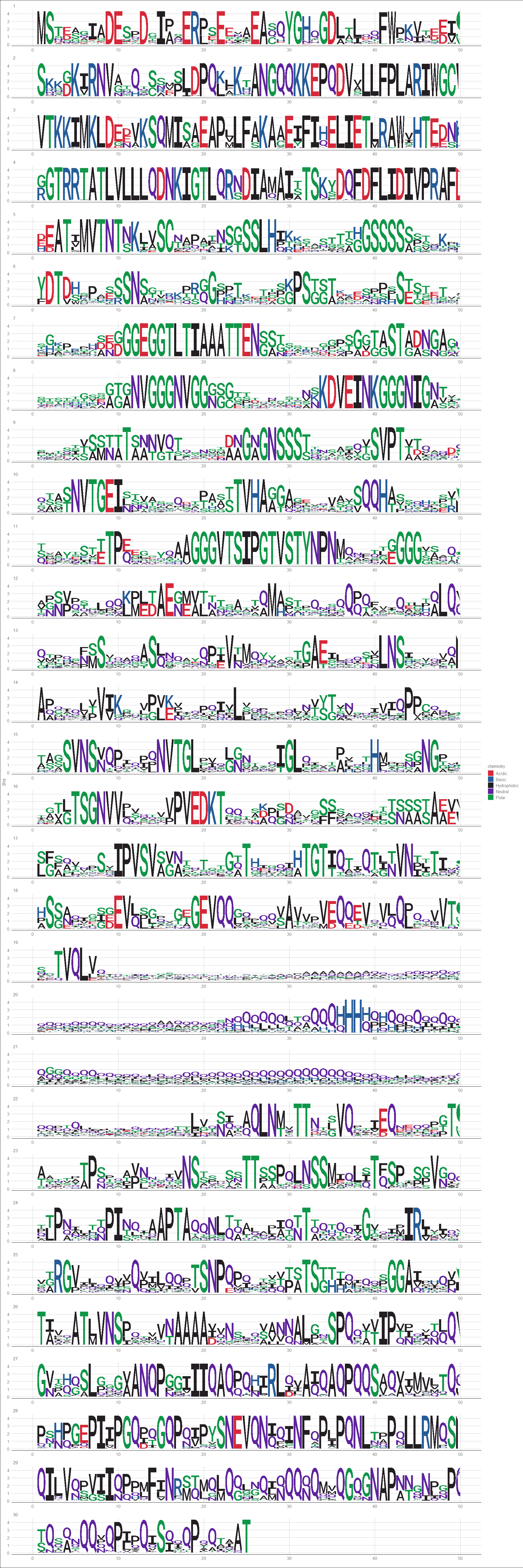NF-YC
- Domain
- NF-YC domain
- Group
- Other Alpha-Helix Group
- PFAM
- AnimalTFDB
- Desciption
- Diverse DNA binding proteins are known to bind the CCAAT box, a common cis- acting element found in the promoter and enhancer regions of a large number of genes in eukaryotes. Amongst these proteins is one known as the CCAAT-binding factor (CBF) or nuclear transcription factor Y (NF-Y) [1]. CBF is a heteromeric transcription factor that consists of two different components both needed for DNA-binding. The HAP protein complex of yeast binds to the upstream activation site of cytochrome C iso-1 gene (CYC1) as well as other genes involved in mitochondrial electron transport and activates their expression. It also recognises the sequence CCAAT and is structurally and evolutionary related to CBF. The first subunit of CBF is known as CBF-A or NF-YB in vertebrates, and HAP3 in budding yeast. The second subunit is known as CBF-B or NF-YA in vertebrates and HAP2 in budding yeast. It is a protein of 265 to 350 amino-acid residues which contains a highly conserved region of about 60 residues. This region, called the 'essential core' [2], seems to consist of two subdomains: an N-terminal subunit-association domain and a C-terminal DNA recognition domain.
- Rederence
-
- Evolutionary variation of the CCAAT-binding transcription factor NF-Y. Li XY, Mantovani R, Hooft van Huijsduijnen R, Andre I, Benoist C, Mathis D. Nucleic Acids Res. 20, 1087-91, (1992).
- The Schizosaccharomyces pombe homolog of Saccharomyces cerevisiae HAP2 reveals selective and stringent conservation of the small essential core protein domain. Olesen JT, Fikes JD, Guarente L. Mol. Cell. Biol. 11, 611-9, (1991).
